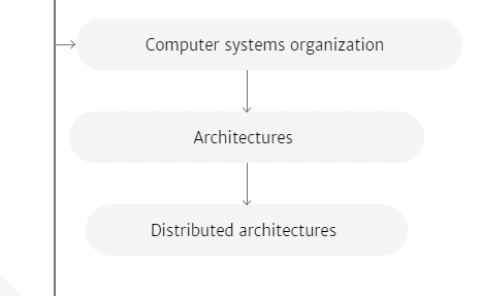Traffic Characteristics of Extended Reality
PubDate: Apr 2023
Teams: †University of Delaware ‡Cisco Systems
Writers: Abdullah Alnajim, Seyedmohammad Salehi, Chien-Chung Shen, Malcolm Smith
PDF: Traffic Characteristics of Extended Reality

Abstract
This tutorial paper analyzes the traffic characteristics of immersive experiences with extended reality (XR) technologies, including Augmented reality (AR), virtual reality (VR), and mixed reality (MR). The current trend in XR applications is to offload the computation and rendering to an external server and use wireless communications between the XR head-mounted display (HMD) and the access points. This paradigm becomes essential owing to (1) its high flexibility (in terms of user mobility) compared to remote rendering through a wired connection, and (2) the high computing power available on the server compared to local rendering (on HMD). The requirements to facilitate a pleasant XR experience are analyzed in three aspects: capacity (throughput), latency, and reliability. For capacity, two VR experiences are analyzed: a human eye-like experience and an experience with the Oculus Quest 2 HMD. For latency, the key components of the motion-to-photon (MTP) delay are discussed. For reliability, the maximum packet loss rate (or the minimum packet delivery rate) is studied for different XR scenarios. Specifically, the paper reviews optimization techniques that were proposed to reduce the latency, conserve the bandwidth, extend the scalability, and/or increase the reliability to satisfy the stringent requirements of the emerging XR applications.

